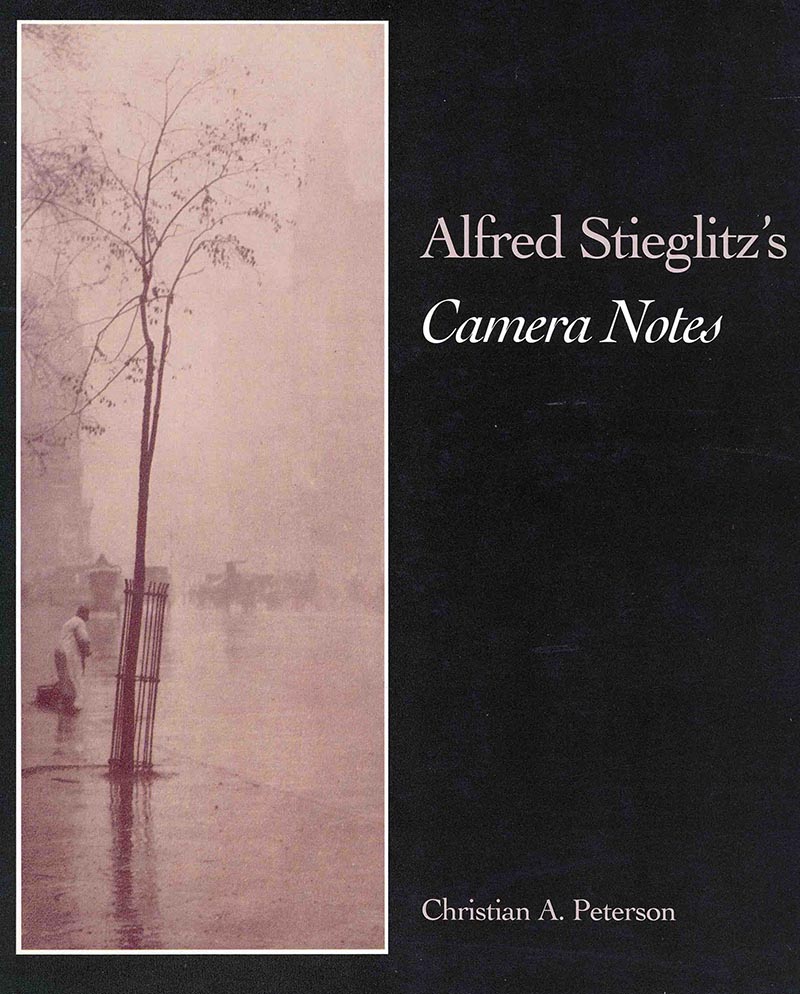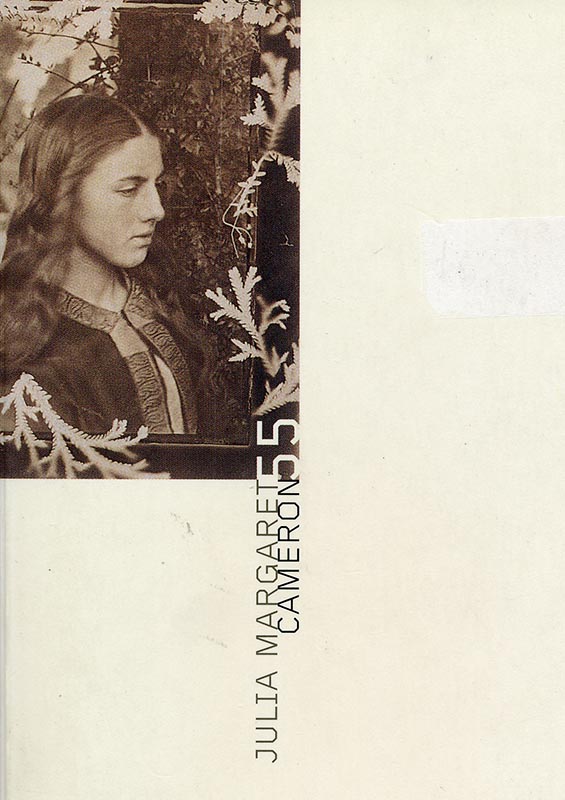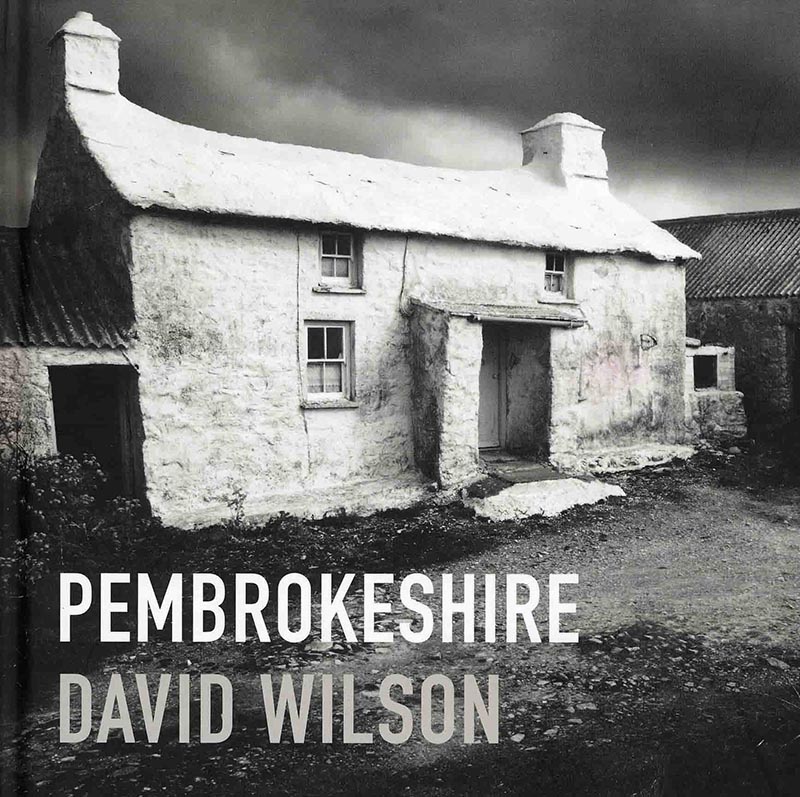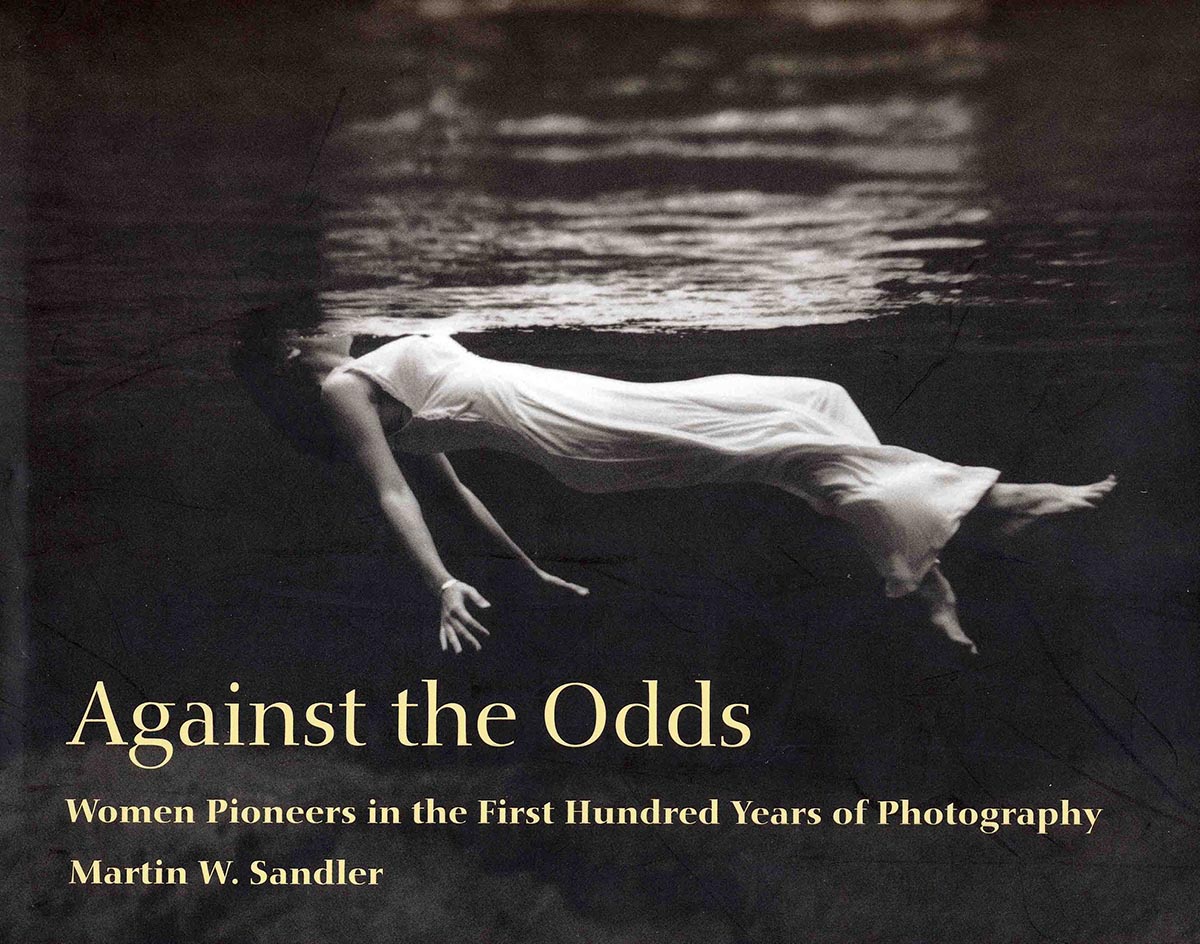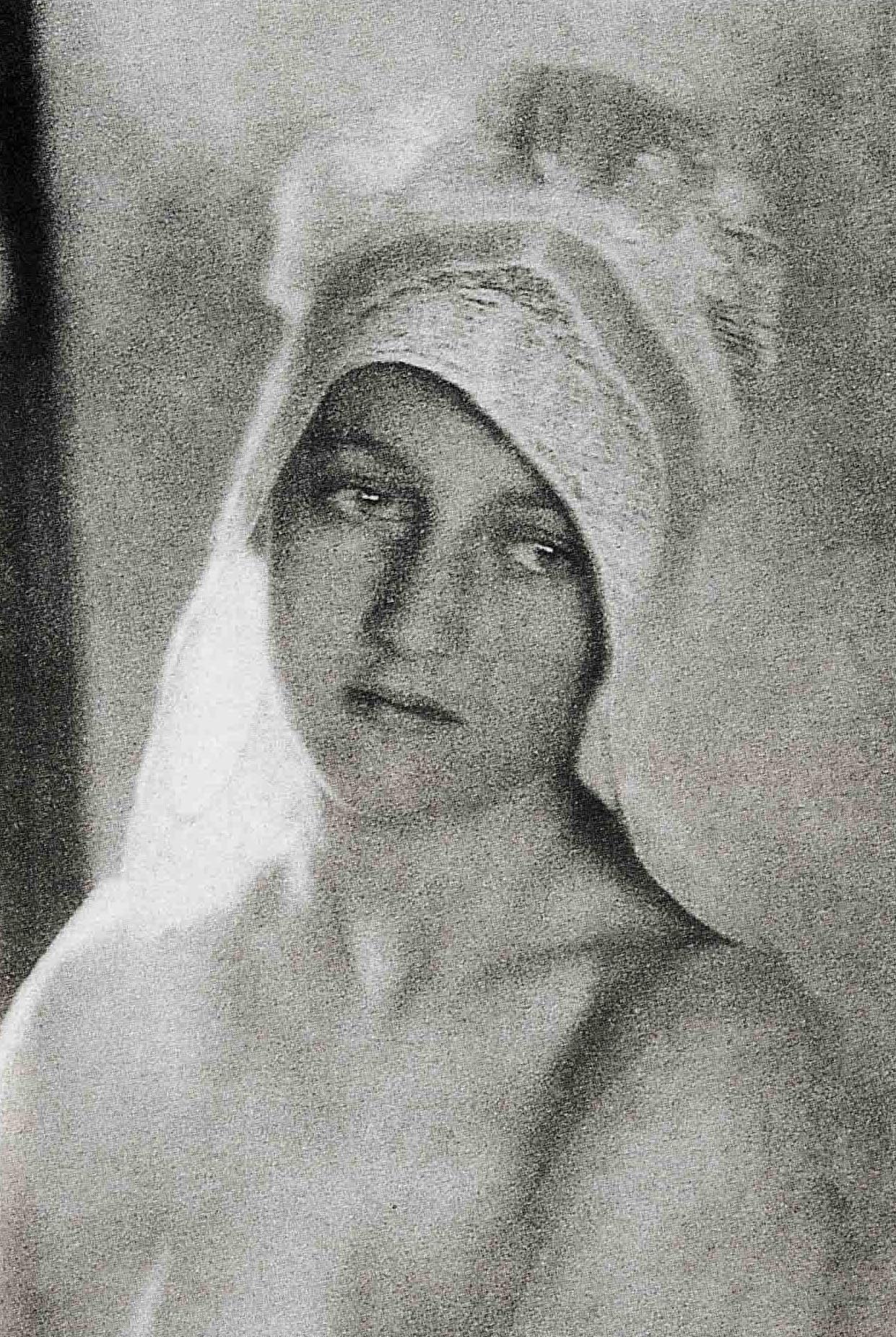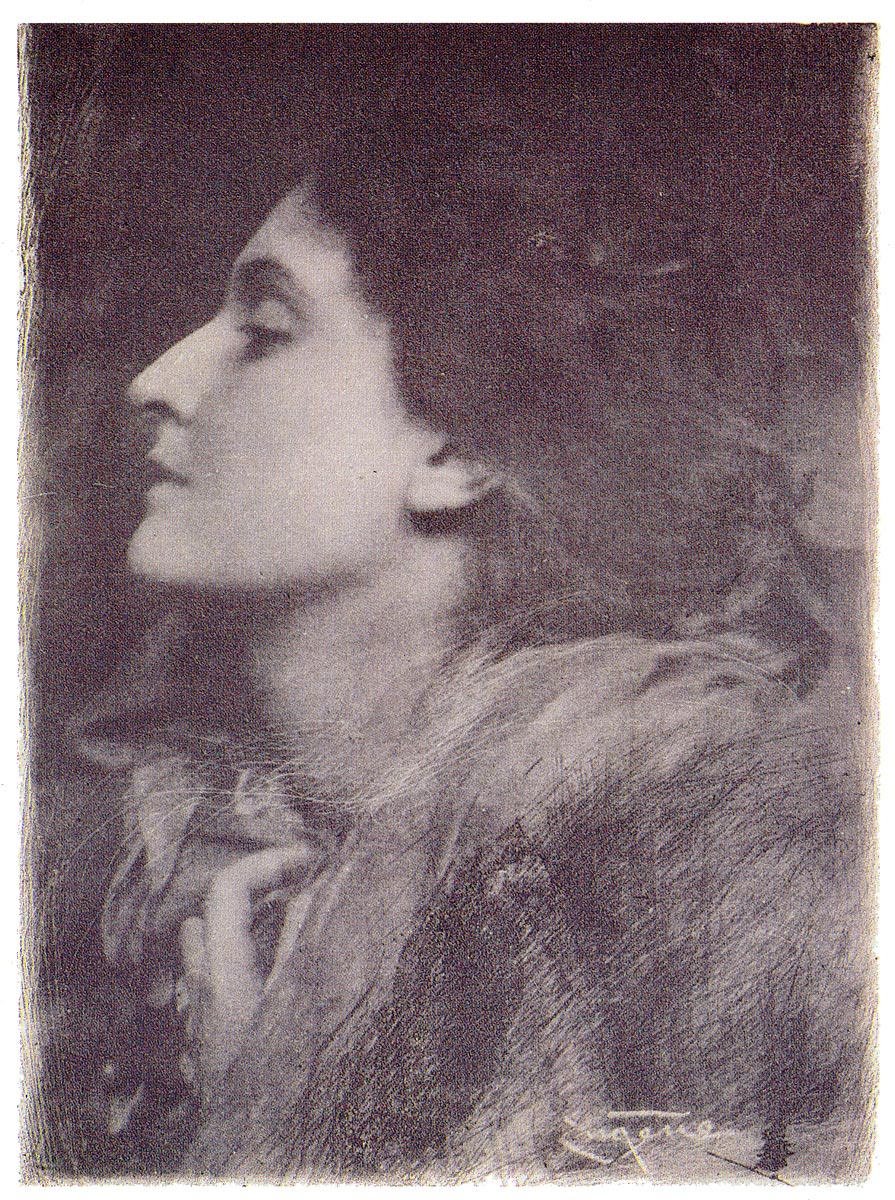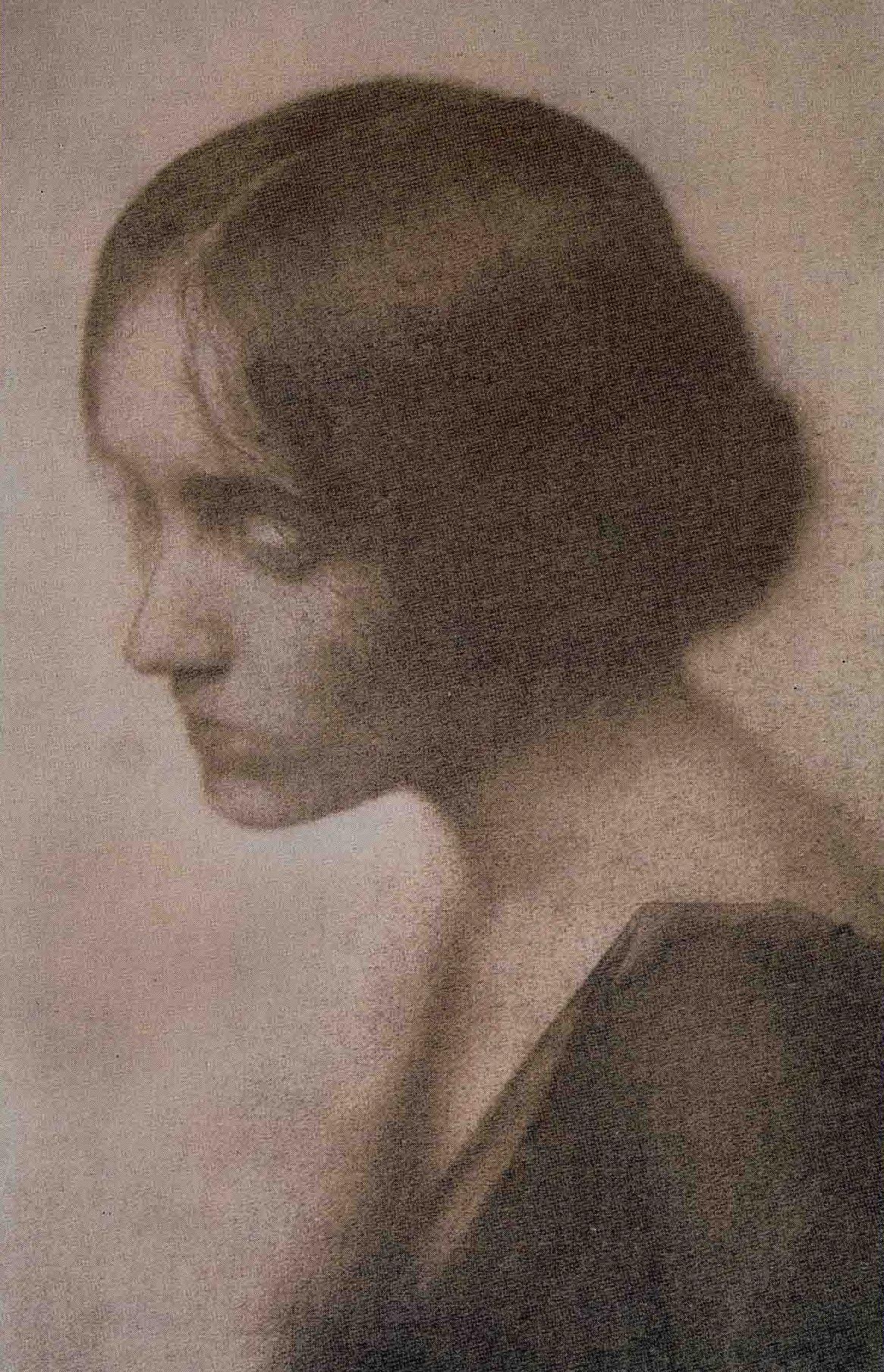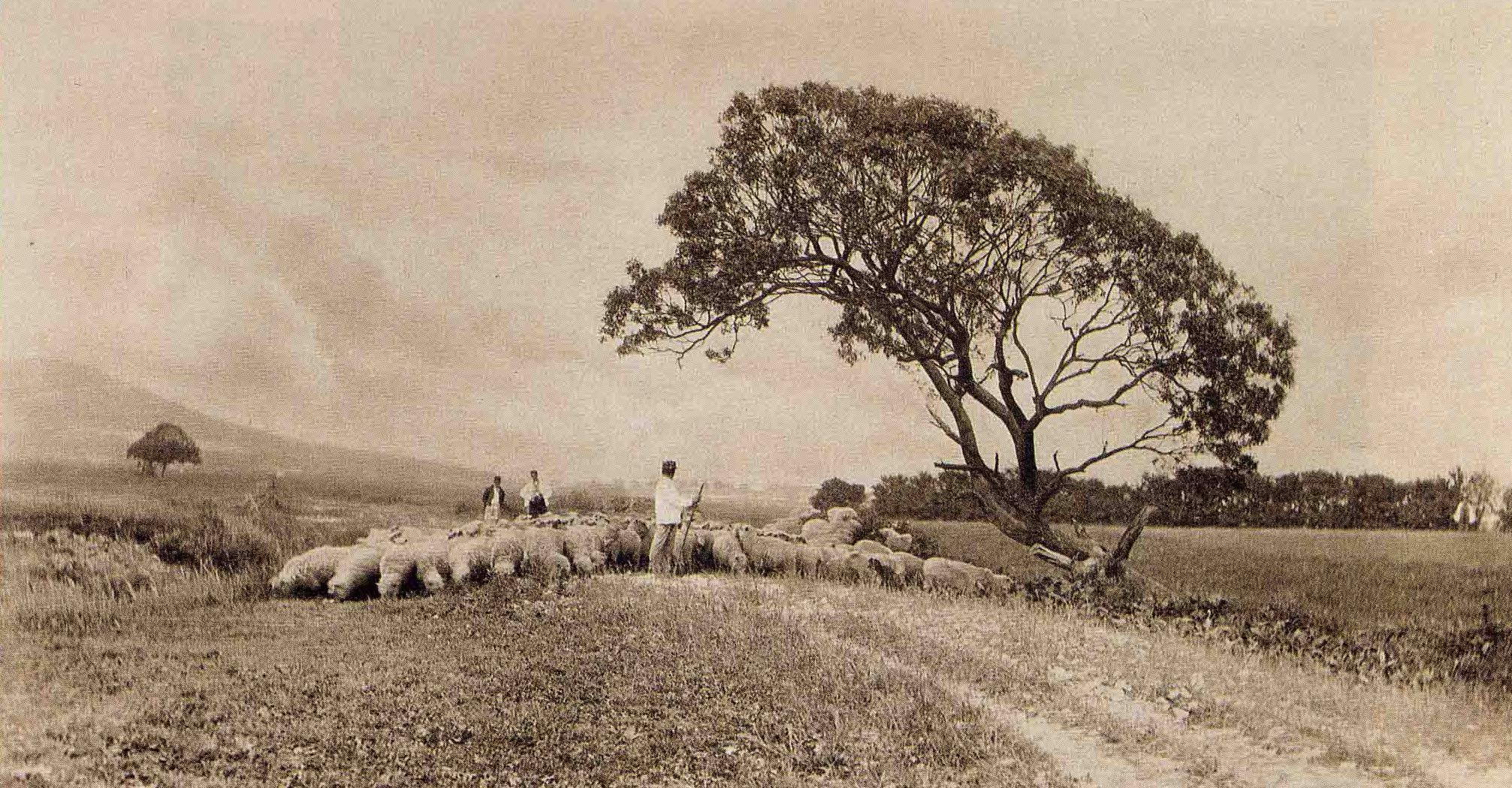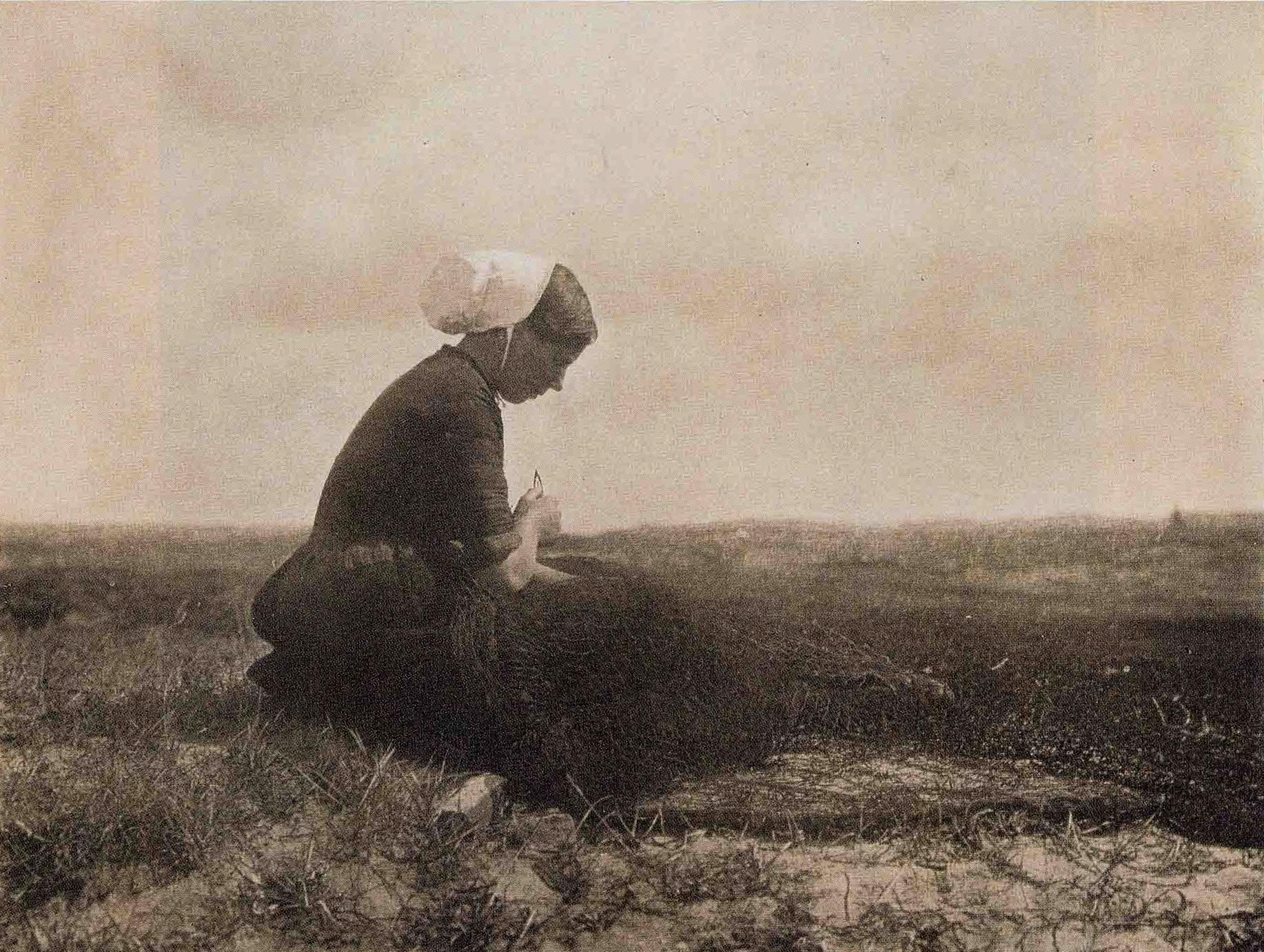I am always amazed at how much I don’t know. I mean that you would think by now I had a good grasp of what I should know. And yet I am continually surprised when I come across something that is new to me in an area that I thought I had pretty well nailed down.
When I do find some new thread of thought I have not considered before, my mind fills with it for days as I consider and digest it slowly. A few posts ago when I set myself the task of learning about the thoughts of early photographers on the subject of art I did not realize how thought provoking it would be.
When I set myself the task of learning about the early photographers and their discussions on the place of photography in art I did what I
The Birth of Photography
Brian Coe, one time curator of the Kodak Museum, gives us a history of photography from the camera obscura to the Kodak Brownie with excellent examples of period photography together with insights into the personalities of the men and women who took them.
Alfred Stieglitz’s Camera Notes
This volume compliments the volumes of “Camera Work” I described in an earlier post. It gives the history of the “Camera Notes” and containes all of the photogravures that appeared in that publication during the editorshp of Alfred Stieglitz.
always do to learn a new subject: I bought books.
I first went to my local used book store and was surprised at how much good material he had on his shelves. Half a dozen books later I went to my old friend Amazon who supplied me with a couple more volumes.
And then I began to read. I browsed all of them, looked at the pictures, and then got down to serious reading. I am not ready to discuss what I have learned about the philosophical part of my quest, but I can say now that the photography has been an eye opener. I have never really dwelt on pictures from the 1800’s and early 1900’s until now. I had seen them, of course, but I guess I never really considered them.
What I have discovered is how good the early photographers were. I am seriously impressed. Why I have not seen this before I don’t know but I should have. Not only where these people good but they seem to have had the same sense of what is good photography as we do.
This volume has a short biography of Adams but is devoted mainly to excellent reproductions of some of his work. This is photography from the first half of the 20th century but it is philosophically similar to the work of the 19th century.
David Wilson is a modern photographer working in the south of Wales. His photography is very strongly reminiscent of Ansel Adams. He works in black and white which seems to suit the rugged landscape of Pembrokeshire. I strongly recommend a visit to his website where you can see a wide selection of his work
Maybe the fact that many of the early phographers were painters before they took up the camera played a role in this. These were people already steeped in the crafting of artistic images.
I have, while all of this was going on, been reading Stieglitz’s “Camera Work”, the periodical he began after leaving the “Camera Notes”, the publication of the Camera Club of New York. These publications, while discussing the photographers of the day, also included examples of their work.
Stieglitz was very meticulous about the quality of his publications and the
Against the Odds is an interesting book devoted to the women of early photography. It is surprising how this fledgling craft seemed to welcome women and accept them as creative equals at a time when this was not always possible in other fields.
photographs included were the best of his day, as he judged them.
It is amazing to think about the difficulty of creating a photograph in the 19th century. When you read about the complexity of the process you understand why George Eastman created such a revolution. Before him photography was not only cameras and lenses but it was chemistry and darkrooms. As a result very few people were able to or had the inclination to take pictures. But those who did faced the same problems we do today with composition, lighting, contrast, tonal range, all of which are the same in any age. But even with the challenges they faced, the pictures they took still speak to us.
Look at these three portraits above. I don’t think the art of portraiture has improved much since 1900. These are beautiful. I like the ethereal quality of the treatment. The photographers have not striven for sharpness but for mood. The likenesses are unmistakable but the pictures are more: the eye does not want to leave them. And these are only a few of dozens of examples in these books.
Returning Home from Pasture
Tom Bright, photogravure, January 1899
Evening Near the Pyramids
Ernest A. Ashton, photogravure, October 1898
These two scenes above demonstrate the universal aspect of art. Even though they are copies of copies printed in books their quality shines through. The composition is exceptional, the lighting is excellent, and there is sufficient detail but no more. They please the senses. I can only imagine how satisfying an original print would be.
I actually don’t believe sharper lenses, or full glorious color, or high dynamic range, would improve these images one bit. And yet they were taken over a century ago. But real art doesn’t notice the passage of time.
Bear with me for one more image. “Mending Nets” is a Stieglitz photograph which appeared in the Camera Notes, Volume 2 Issue 3 in January of 1898. As images go, for me, this is about as perfect as it gets. The art in this image is something every student of photography should study and, as an exercise, be made to emulate.
I think there is a world to learn in studying these old pictures. The soft focus effects, the composition, the use of light and shadow: these are things we should master before we even approach sharp detail or full color. I commented on this earlier when I wrote about shooting with the Brownie Hawkeye camera several weeks ago. Modern cameras overwhelm us with a treasure of detail and dynamic range and we mistake pretty pictures, which any camera can create, with art. Everything that looks nice is not necessarily art.
No, we should master the basic elements these pioneers mastered out of their necessity. We have so much more going for us but if we don’t first master the elements of focus, composition, light, shadow, how will we ever deal with modern cameras. I am not a troglodyte: I shoot mainly digital every day. But I truly believe that we will not take great pictures until we understand the lessons in these old photographs.
NOTE: The images presented here, other than the book covers, are copies of copies of copies. They illustrate my thoughts but do not judge the photography by the quality of these images. The originals will be infinitely finer in every way.




